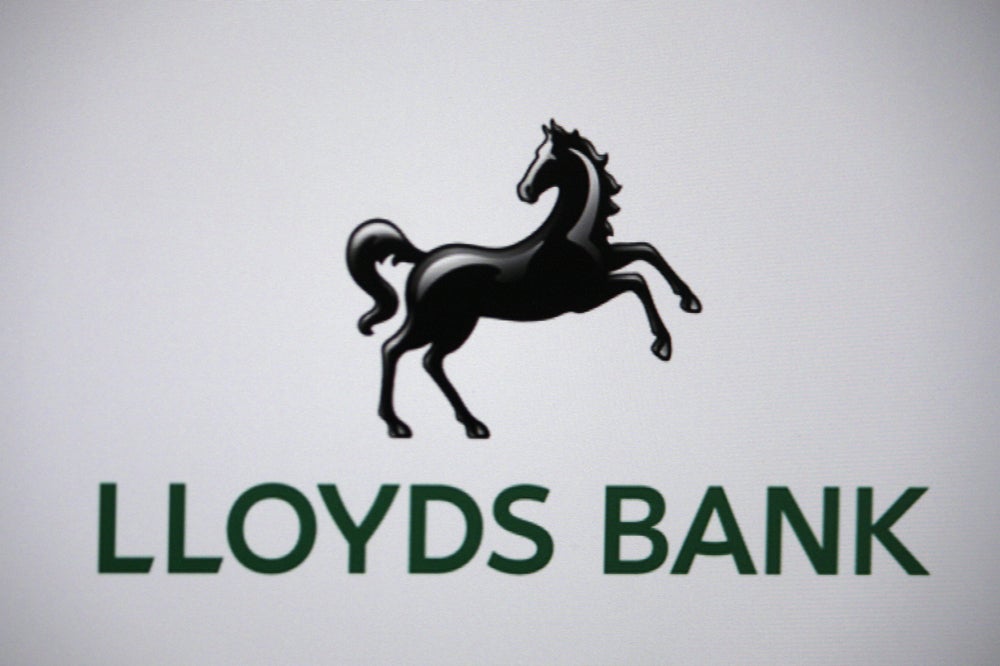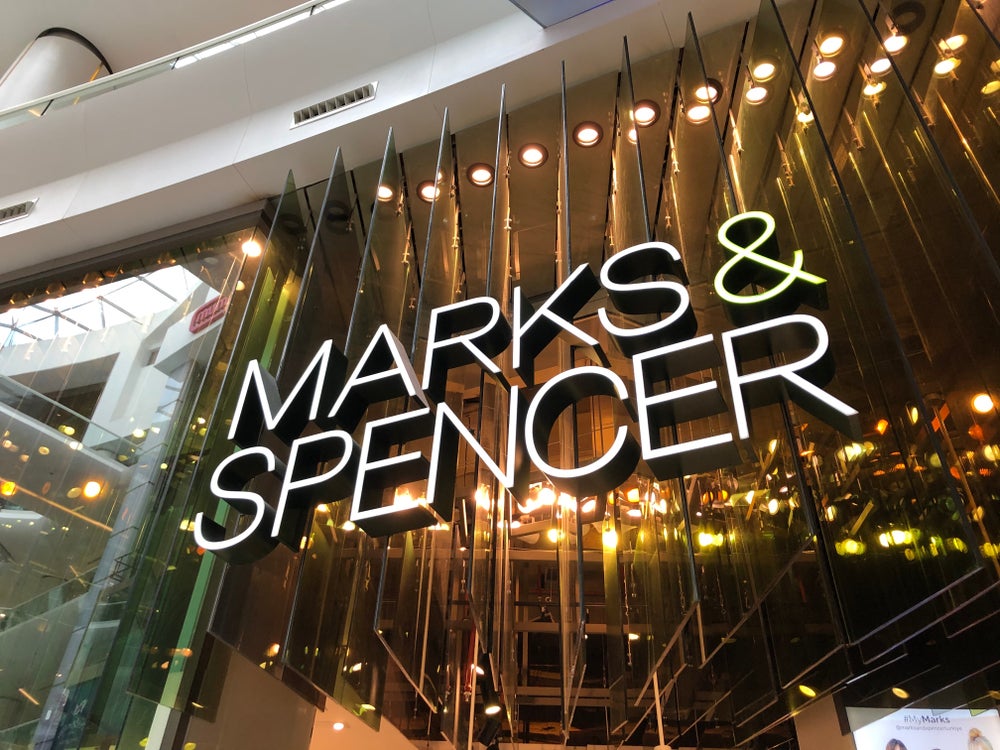
Cart abandonment is a huge concern for online marketplaces, retailers, and brand websites. What’s more, eliminating it entirely may not be feasible partly due to the nuanced shopping behaviours across generations. The big question is: are customers on your site to buy or to browse?
Studies show that while Baby Boomers visit a website with a clear intention to buy, Millennials and Gen Z often come to window-shop and create a virtual ‘wish list’ of products they may purchase later.
The key to closing a sale may be as simple as offering the right selection of payment options
Online businesses use various retargeting strategies like ads, pop-ups, email reminders, and special offers to combat cart abandonment. While these are important tools in persuading shoppers, the key to closing a sale may be as simple as offering the right selection of payment options.
The numbers say it all: 70% of shoppers prioritise the availability of their preferred payment method when choosing where to complete a purchase.
For Millennials, this preference is even more pronounced, as 80% will abandon an online checkout if their desired payment option is unavailable.
Many brand websites lack flexible payment choices and as a result experience 20% more abandoned carts compared to online marketplaces. The payment journey is an extension of the brand, and as a final touchpoint, leaves a lasting impression.
How well do you really know your competitors?
Access the most comprehensive Company Profiles on the market, powered by GlobalData. Save hours of research. Gain competitive edge.

Thank you!
Your download email will arrive shortly
Not ready to buy yet? Download a free sample
We are confident about the unique quality of our Company Profiles. However, we want you to make the most beneficial decision for your business, so we offer a free sample that you can download by submitting the below form
By GlobalDataRemoving friction at checkout
In order to mitigate cart abandonment and meet customer expectations, it’s crucial to remove friction at checkout and offer a variety of payment methods, ensuring easy, seamless, and secure transactions.
In today’s dynamic retail environment, customer expectations are ever-evolving. With plenty of choices and the convenience of comparing services, 73% of global consumers prioritise customer experience when deciding where to shop. They place great importance on having control over their payment methods and the security of their financial information.
The checkout should be simple and streamlined – the fewer steps from product discovery to purchase, the better.
Lengthy checkout processes that demand sensitive card or bank details negatively impact conversion rates. Incorporating an engaging design that aligns with the brand, a logical payment flow, and minimising unnecessary clicks can significantly improve customer experience.
Additionally, chatbots and virtual assistants can further facilitate a smooth transaction process.
Fraud, data, privacy and compliance
Preventing fraud, protecting customer data and privacy, and ensuring compliance with regulations are increasingly becoming top priorities in creating the optimal payment experience.
In 2023, the global retail sector lost $429bn
to payments fraud. Nearly half of all businesses worldwide experienced some form of fraudulent activity, cyber-attacks, or data breaches over the past year – an increase of 32 percent compared to 2022. Businesses expecting big revenue growth in 2024 also faced the highest losses from fraud last year, totalling $196.4bn.
These figures highlight why it is important for fast-growing businesses to use the right payment technologies to protect both themselves and their customers. It calls for immediate investments in secure payment processes and fraud prevention measures. This includes implementing data encryption and tokenisation, enforcing strict data governance, applying access controls and robust authentication measures, and adhering to global compliance standards.
Once online businesses implement a secure payment solution, effectively communicating and being transparent about these measures becomes critical. Cart abandonment often occurs due to a lack of visibility around security measures. Potential customers might be dissuaded by factors like an outdated website appearance, absence of customer reviews, or an unfamiliar payment gateway.
These issues can trigger suspicion and diminish confidence in the safety of the checkout page. To address these concerns, it’s important to prominently display security and data compliance badges, particularly during checkout. Incorporating customer testimonials, transparent return policies, and multiple contact methods will instil trust, and reassure customers that your payment process is secure and reliable.
Millennials: the world’s largest generation enters peak spending years
Millennials, having recently overtaken Baby Boomers to become the world’s largest generation, are entering their peak earning and spending years. They currently wield an impressive $2.5trn in spending power, while Gen Z represents an estimated $450bn. Gen Z’s economic power is the fastest-growing in the world, projected to reach $33trn over the next decade, surpassing Millennials’ purchasing power by 2031. As these generations increasingly dominate the global workforce, their unique shopping habits are reshaping retail. Their combined influence is driving a shift in traditional payment models, compelling businesses to adapt to stay relevant.
What sets Gen Z and Millennials apart is inherent comfort with technology, alongside a strong preference for digital and mobile payment methods.
They regularly transact online, demonstrating ease with security measures like 3D Secure and SCA (Strong Customer Authentication), and routinely use mobile banking apps. Gen Z represents the highest share of consumers who exclusively use digital banking, with 60% indicating that they would switch financial institutions for a better mobile or digital experience. 84% of Millennials and 78% of Gen Z have connected money-related apps to their financial accounts, and 79% have recently tried a new payment method.
They trust payment technology, are better able to spot fraud, and welcome innovation that facilitates frictionless payments such as embedded payment links and open banking.
Millennials and Gen Z want frictionless, nearly ‘invisible’ payments effortlessly woven into their daily routines. They want the freedom to make payments at their convenience, from any location, and using any device.
Bridging the gap between digital and in-store interactions
As hybrid shoppers, they expect to engage with brands across multiple channels simultaneously. Innovations in remote payments can bridge the gap between digital and in-store interactions, enabling retailers to deliver a uniform, seamless shopping experience that aligns with brand values. 78% of Millennials and Gen Z view a brand’s commitment to innovation and new technologies as a decisive reason for making a purchase, and 81% of customers expect a smooth and consistent shopping journey across all channels.
Businesses can facilitate smooth omnichannel retail experiences by adopting a payment solution that seamlessly integrates with their existing ERP/POS systems, CRMs, and payment gateways, enabling them to offer remote consultations and follow-up with 3D Secure, merchant-branded payment requests sent through SMS, email, messaging apps, or web chat.
Retailers need a holistic approach that aligns operations, product delivery, and pre- and post-sale experiences to create a seamless customer journey. Embracing an omnichannel strategy, whether in-store, online, or through mobile apps, is essential to ensure smooth shopping experiences, regardless of where customers start or finish.
Additionally, retailers should prioritise data and analytics to ensure consistent customer information across all touchpoints, enabling personalised experiences and streamlined operations. Delighted customers who receive personalised, seamless offerings are more likely to recommend the brand to friends and family, and become repeat customers in the future.
Mobile commerce: Millennials, Gen Z lead the charge
In mobile commerce, Millennials and Gen Z are leading the charge, with 79% of Millennials and 72% of Gen Z preferring to shop online via their smartphones, in contrast to 54% of Generation X and 27% of Baby Boomers.
Social media-driven shopping is particularly popular among Millennials and Gen Z. These generations often discover products and make purchases in real-time while interacting with influencers and brands on platforms such as Instagram and TikTok. This trend has resulted in significant revenue, with social and live commerce generating $571bn in 2023 alone.
Projections indicate that this figure will exceed one trillion dollars by 2028. Businesses can tap into this potential by embedding pay-by-link features directly into social media apps, with the option to pay by bank or card.
Simple and secure payments with open banking
Open banking payments are a game-changer when it comes to high-value transactions. Backed by the CMA 9 in the UK and the EU Payment Services Directive, they are designed to ensure safe transactions by radically reducing fraud, chargebacks, and unauthorised access to or misuse of sensitive financial information.
Customers enjoy a quick, secure, and seamless way to pay directly from their bank accounts. They no longer need to worry about mistyping account details. In a few simple taps, they select their bank, log in to their mobile banking app, and authorise the payment in a familiar setting. They have more control over who accesses their personal data and enjoy greater visibility into their transactions and account balances. Customers interact with open banking much like they do with mobile banking and other online services and apps, making it a familiar and intuitive experience for them.
Customer consent is the cornerstone of open banking, obtained before any data is shared or transactions initiated. Unlike direct debits, the payment is initiated by the payer and pushed to the merchant, and not initiated by the merchant and pulled from the payer. All providers offering open banking services must meet high-security standards to ensure that customer data is protected. It is safer, faster, and more cost-effective than tedious manual bank transfers, drafts, or cheques.
Traditional payment methods: time-consuming, costly, elevated risk of fraud
Traditional payment methods like manual bank transfers are not only time-consuming and costly, but also pose a higher risk of fraud. Typically, merchants provide their bank details in a PDF format, requiring customers to manually set them up as a payee before proceeding to payment. This process involves multiple authentication steps for setting up a new payee, along with the hassle of entering lengthy account numbers and ensuring accuracy. Consequently, this leads to prolonged communication delays within businesses, as sales staff need to coordinate with the finance team to confirm payment before shipping goods. Moreover, sharing bank details in this manner is not safe, exposing sensitive data to potential misuse by malicious middlemen.
In contrast, with open banking, sensitive payment information becomes ‘invisible’ making it harder for criminals to exploit. Customers authenticate payments directly through their banking app, with their personal information encrypted and safeguarded by industry-standard banking security. There’s no fear of transaction typos or sensitive financial data being misused.
Open banking technology is secure because the banks themselves designed and built the API endpoints, which play a crucial role in verifying account information and facilitating payments between accounts. Originally created for online banking, this technology has had significant investments in security measures over the years. The expertise gained from these investments has been applied to the foundation of open banking technology. Studies indicate a 61% reduction in fraud by 2024, thanks to advanced encryption and real-time authentication through open banking APIs.
Open banking: a win-win for consumers, businesses
Open banking is a win-win for customers and businesses. It helps retailers cut costs and protect thin margins by significantly reducing high transaction fees, card fraud, chargebacks, and payment operations costs. Payments are instant, and all parties are immediately notified, so deals can be completed more quickly. For example, Prommt’s open banking solution has greatly reduced merchant fees and simplified payment collection for Motorpoint, helping them save over £100,000.
In summary, open banking payments are safer, reduce time and manual effort for both retailers and payers, decrease cart abandonment rates, and lead to quicker payment settlement compared to traditional payment methods.
How payment technology drives successful payments and brand loyalty
In a world where technology changes fast and people’s preferences keep shifting, businesses need to keep up with what their customers want. Every interaction presents an opportunity to showcase brand values and deliver exceptional experiences. However, subpar payment processes can mar these efforts, tarnishing the overall customer experience.
To counter this, businesses should invest in innovative payment technology to offer seamless, sophisticated, and efficient payment experiences. This entails adopting systems that are fast, secure, and unobtrusive.
Advanced payment technology platforms streamline team management and access control, enabling businesses to deploy and manage across multiple locations and departments. With features like live tracking, reporting, and comprehensive analytics, businesses can make informed decisions and forge strong customer relationships through personalised offerings and exceptional experiences. Responsive customer success teams from payment technology providers further aid clients in maximising their payment platforms’ potential.
Both online and in-store transactions yield valuable data that businesses can capture using their payment infrastructure. Businesses equipped with accurate data insights can better address their customers’ needs. Their advantage lies in understanding their customers’ purchasing behaviours, preferences, and factors influencing their decisions. By leveraging this data, businesses can reduce cart abandonment and foster repeat business.
Key Takeaways
Customers expect:
- Hassle-free checkout experiences
- Consistent brand experiences across in-store and online platforms
- Flexibility and control in payments
- Fast, secure transactions with robust fraud protection
- Payment solutions with automation and smart features like payment reminders, personal shopping with a card on file, and group payments for credit control, improve payment success rates.
Advanced payment solutions help businesses:
- Tailor payment plans with recurring payments for memberships
- Establish automated chase paths for failed transactions and offer alternative payment options to complete sales
Automation reduces cart abandonment rates, lowers operational costs and mitigates the risk of human error.
Secure, user-friendly, and mobile-responsive payment options enhance the shopping experience. They lead to increased customer satisfaction and higher payment success rates.
Leveraging data analytics allows businesses to gain a competitive edge, be highly responsive to customer needs, and understand customer behaviour to attract and retain them.
Businesses can shift their focus from cart abandonment to payment success, by embracing innovative and secure payment solutions that surpass customer expectations.
Donal McGuinness is CEO of Prommt







